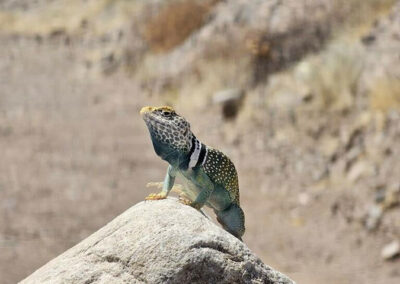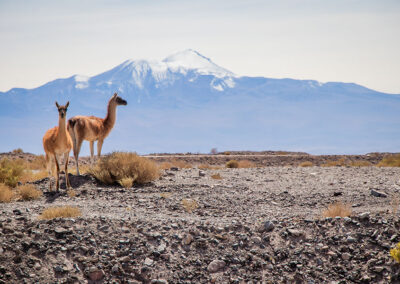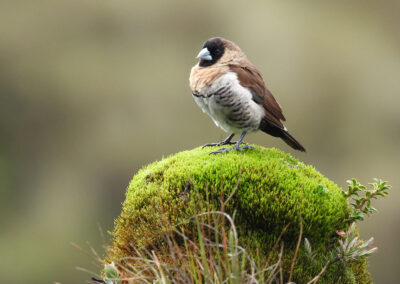VOL. 07 | ISSUE 3 | September 2024

Winner: Malcolm Mardon-PTFI, Blyth’s Hornbill
Mardon’s Picture of Blyth’s Hornbill Captures Wildlife Photo Contest
Soaring to great heights as the winner in the company’s 14th annual wildlife photo contest is a photo of a Blyth’s Hornbill perched on foliage taken by Malcolm Mardon, Technical Expert-Operational Maintenance at PT Freeport Indonesia.
The image was one of more than 600 employee entries submitted from sites companywide. From these, 30 were shortlisted for top 12 finalist consideration by the company’s Biodiversity Task Force.
The Blyth’s Hornbill will appear on the company’s page of the Wildlife Habitat Council Monthly Engagement Calendar, which highlights efforts by WHC members like Freeport to enhance and conserve wildlife habitat on and adjacent to corporate lands.
The story behind the image
Mardon captured the image in the Lowlands near the Rimba Papua golf course in Kuala Kencana. The area is known to be a good spot to catch a glimpse of the distinctly plumaged bird.
“I was photographing the fairway on hole nine, late afternoon in the dense jungle, but my Nikon mirrorless camera and long lens were up to the challenge,” he said.
While Mardon prefers underwater photography, he likes to stay in practice no matter the setting.
“I am lucky to be surrounded by an abundance of wildlife around the site in the form of birds, spiders or bugs that help me remember how to use my camera when needed,” he said.
This is his fourth year participating in the photo contest and his first winning entry. He has placed in the top 12 in previous contests.
About the species
A male Blyth’s Hornbill (Rhyticeros plicatus) perches on foliage at the PT Freeport Indonesia facility in Papua, Indonesia. Blyth’s Hornbills are distinctly plumaged birds found in New Guinea, through the Bismarck Archipelago and east to the Solomon Islands. Hornbills get their name from the casque (bony horn) on top of their heads, which acts as a resonating chamber and amplifies their calls. Hornbills are known for their unique nesting behavior whereby the female, using mud and wood, encloses herself within a tree cavity. Inside, she incubates her young and is fed by the male through a small opening in the walled entrance.











